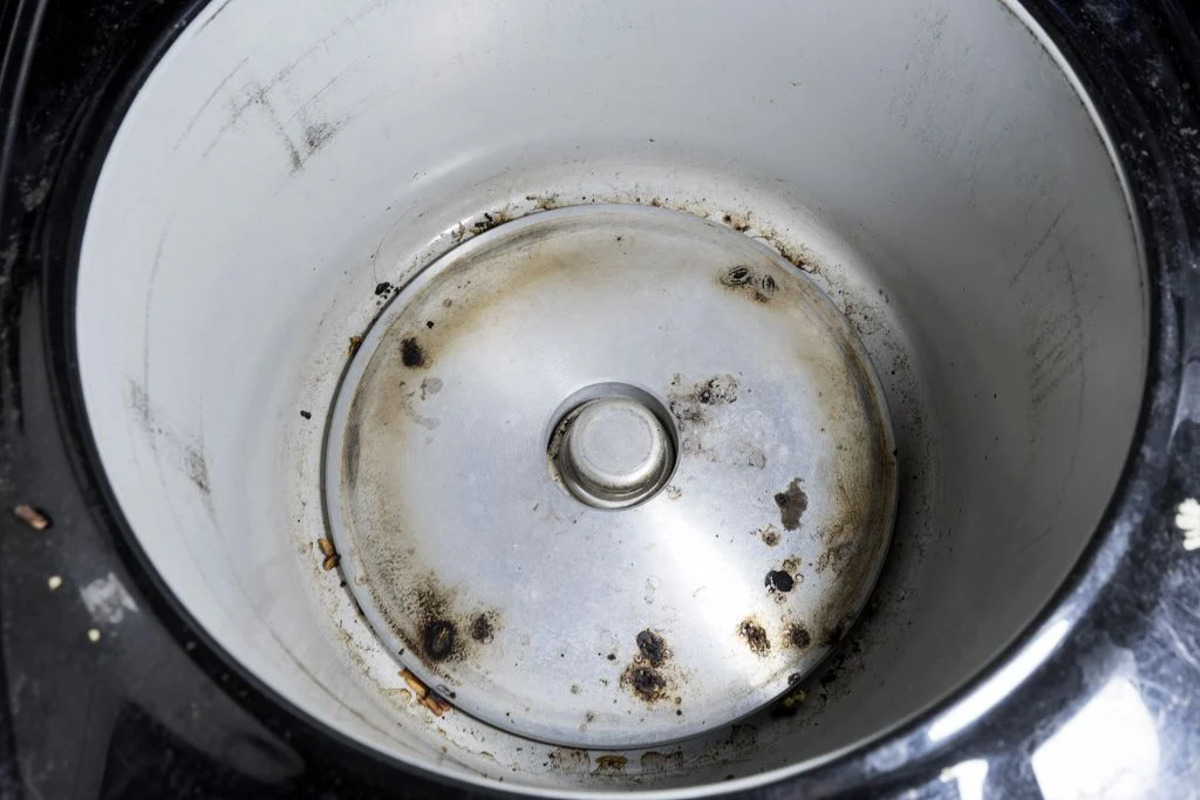

Articles
How To Clean Inside Of Rice Cooker
Modified: August 24, 2024
Learn the best techniques and tips to clean the inside of your rice cooker with our informative articles. Keep your cooker clean and functioning properly for delicious meals!
(Many of the links in this article redirect to a specific reviewed product. Your purchase of these products through affiliate links helps to generate commission for Storables.com, at no extra cost. Learn more)
Introduction
Rice cookers are a convenient and essential kitchen appliance that helps us prepare perfectly cooked rice with minimal effort. However, if not properly cleaned, rice cookers can accumulate cooked rice residue, which can lead to unpleasant odors and affect the taste of future batches of rice. Knowing how to clean the inside of a rice cooker is crucial to maintaining its performance and ensuring healthy and delicious meals.
In this article, we will guide you through the step-by-step process of cleaning the inside of a rice cooker, including removing cooked rice residue, cleaning the inner pot, lid, and accessories, descaling the rice cooker, and proper drying and storage techniques.
Before we dive into the cleaning process, it is important to note a few safety precautions to ensure you clean your rice cooker responsibly and without any risk.
- Disconnect the rice cooker from the power source.
- Allow the rice cooker to cool down completely before cleaning.
- Never immerse the base of the rice cooker in water.
Now, let’s move on to the steps for cleaning the inside of your rice cooker.
Key Takeaways:
- Keep your rice cooker in top condition by following safety precautions, removing cooked rice residue, descaling, and proper drying and storage techniques. Regular maintenance ensures delicious and healthy meals every time.
- Prioritize safety, use mild cleaners, and thorough cleaning to maintain your rice cooker’s performance and extend its lifespan. Prevent odors, mold, and mildew by following these essential cleaning steps.
Read more: How To Clean Mold Out Of Rice Cooker
Safety Precautions
Before you start cleaning your rice cooker, it is important to follow a few safety precautions to ensure your well-being and the longevity of your appliance.
1. Disconnect the rice cooker from the power source: Before you begin the cleaning process, make sure to unplug the rice cooker from the electrical outlet. This will prevent any potential accidents while handling water or cleaning agents.
2. Allow the rice cooker to cool down: Give your rice cooker sufficient time to cool down completely before cleaning. This will prevent any burns or injuries that may occur from handling a hot appliance.
3. Never immerse the base of the rice cooker in water: The base of the rice cooker contains electrical components, and submerging it in water can cause damage to the appliance and pose a safety hazard. To clean the base, simply wipe it with a damp cloth.
4. Avoid using harsh chemicals or abrasive cleaners: When cleaning the rice cooker, it is best to avoid using harsh chemicals or abrasive cleaners. These can damage the inner pot or other parts of the appliance. Instead, opt for mild dish soap or vinegar for effective and safe cleaning.
5. Use caution when handling hot parts: Some parts of the rice cooker, such as the inner pot and accessories, may still be hot, even after the cooker has cooled down. Use caution and make sure to use oven mitts or gloves when handling these parts to avoid burns.
By following these safety precautions, you can ensure a safe and successful cleaning process for your rice cooker.
Removing Cooked Rice Residue
Over time, cooked rice residue can build up inside your rice cooker, leading to unpleasant odors and affecting the taste of your rice. Here’s how you can effectively remove cooked rice residue from your rice cooker:
- Empty the cooked rice and rinse the inner pot: Start by emptying any remaining cooked rice from the inner pot. Then, give the pot a thorough rinse with warm water to remove any loose rice particles.
- Soak the inner pot in warm, soapy water: Fill the sink or a bucket with warm water and add a few drops of mild dish soap. Submerge the inner pot in the soapy water and let it soak for about 15-20 minutes. This will help soften any cooked rice residue stuck to the pot.
- Scrub the inner pot with a non-abrasive sponge or brush: After soaking, use a non-abrasive sponge or brush to gently scrub the inner pot. Pay special attention to areas with stubborn residue, such as the bottom and corners. Avoid using abrasive scrubbers as they can damage the pot’s non-stick coating.
- Rinse the inner pot thoroughly: Once you have scrubbed the pot, rinse it thoroughly with warm water to remove any soap residue. Ensure that all the rice residue has been completely washed away.
- Bonus tip: For tough stains or residue, you can add a mixture of water and vinegar (equal parts) to the inner pot and let it soak for an additional 15 minutes before scrubbing.
By following these steps, you can effectively remove cooked rice residue from the inner pot of your rice cooker, leaving it clean and ready for your next batch of rice.
Cleaning the Inner Pot
The inner pot of your rice cooker is where the rice is cooked, making it prone to getting food residue and stains. Here’s how you can clean the inner pot:
- Allow the inner pot to cool down: Make sure the inner pot has cooled down completely before cleaning it. This will prevent any burns or injuries while handling the pot.
- Remove the inner pot from the rice cooker: Take out the inner pot from the rice cooker and place it in the sink or on a clean surface for easier cleaning.
- Rinse the inner pot with warm water: Start by rinsing the inner pot with warm water to remove any loose debris or food particles. This will make the cleaning process easier.
- Apply a mild dish soap: Apply a small amount of mild dish soap to a non-abrasive sponge or dishcloth. Gently scrub the inner pot, focusing on areas with stains or residue. Avoid using abrasive cleaners or scrubbers as they can damage the pot’s surface.
- Pay attention to the bottom and corners: Use your sponge or cloth to reach the bottom and corners of the inner pot, as these areas tend to accumulate more residue. Take your time to ensure thorough cleaning.
- Rinse thoroughly: Once you have scrubbed the inner pot, rinse it thoroughly with warm water to remove any soap residue. You can use your hands or a clean cloth to help with the rinsing process.
- Dry the inner pot completely: Before placing the inner pot back in the rice cooker or storing it, make sure it is completely dry. Use a clean towel or air-dry it to prevent any moisture from remaining, which can lead to mold or mildew.
Cleaning the inner pot regularly will not only keep it in pristine condition but also ensure that your cooked rice tastes delicious every time.
Mix equal parts of water and white vinegar in the rice cooker and let it soak for 30 minutes. Then, turn on the cooker and let the mixture come to a boil. Once cooled, use a sponge to scrub the inside, then rinse thoroughly.
Cleaning the Lid and Accessories
In addition to cleaning the inner pot, it’s important to give attention to the lid and accessories of your rice cooker. Here’s how you can clean them effectively:
- Remove the lid and accessories: Carefully remove the lid and any removable accessories, such as the steam vent or measuring cup, from the rice cooker.
- Rinse the lid and accessories: Rinse the lid and accessories with warm water to remove any loose debris or food particles.
- Use a mild dish soap: Apply a small amount of mild dish soap to a sponge or dishcloth. Gently scrub the lid and accessories to remove any stains or residue. Ensure that you reach all the nooks and crannies.
- Pay attention to the steam vent: If your rice cooker has a steam vent, make sure to clean it thoroughly. Use a brush or a toothpick to remove any clogs or buildup that may have accumulated. This will ensure proper steam circulation during the cooking process.
- Rinse thoroughly: After scrubbing, rinse the lid and accessories thoroughly with warm water to remove any soap residue. Ensure they are completely clean before drying.
- Dry completely: Use a clean towel to dry the lid and accessories completely. Make sure there is no moisture remaining, as it can lead to mold or unpleasant odors.
- Reassemble: Once everything is dry, reassemble the lid and accessories back onto the rice cooker. Ensure they fit properly and securely.
By regularly cleaning the lid and accessories, you can maintain the overall cleanliness and functionality of your rice cooker, ensuring delicious and healthy meals for you and your family.
Read more: How To Clean Aroma Rice Cooker
Descaling the Rice Cooker
Over time, mineral deposits can build up inside your rice cooker, especially if you have hard water. This can affect the performance and efficiency of the appliance. Descaling the rice cooker is important to remove these deposits and maintain its optimal functioning. Here’s how you can descale your rice cooker:
- Mix a descaling solution: In a bowl, mix equal parts of water and white vinegar to create a descaling solution. The vinegar helps to dissolve mineral deposits.
- Empty the rice cooker: Make sure the rice cooker is empty and unplugged. Remove the inner pot and any accessories.
- Pour the descaling solution into the rice cooker: Pour the descaling solution into the inner pot, ensuring it covers the bottom of the cooker.
- Let it soak: Allow the descaling solution to sit in the rice cooker for about 1-2 hours. This will give enough time for the vinegar to break down the mineral deposits.
- Scrub if necessary: After soaking, if there are still stubborn deposits, gently scrub the affected areas with a non-abrasive sponge or brush. Avoid using harsh scrubbers that can damage the surface of the rice cooker.
- Empty and rinse thoroughly: Once the descaling process is complete, carefully pour out the descaling solution from the rice cooker. Rinse the inner pot and rice cooker thoroughly with water multiple times to remove any residual vinegar or debris.
- Dry completely: After rinsing, ensure that both the inner pot and rice cooker are completely dry before reassembling or storing. Use a clean towel or let them air-dry naturally.
- Run a water cycle: To remove any remaining vinegar smell or taste from the rice cooker, run a water cycle by filling the inner pot with clean water and operating the rice cooker as you would when cooking rice. Discard the water after the cycle is complete.
Descaling your rice cooker on a regular basis will help maintain its efficiency and ensure that your rice is cooked perfectly every time. Remember to consult your rice cooker’s manufacturer’s instructions for any specific guidelines on descaling.
Drying and Storing the Rice Cooker
Properly drying and storing your rice cooker are essential to prevent the growth of mold, mildew, and unpleasant odors. Follow these steps to ensure that your rice cooker stays in good condition when not in use:
- Empty and clean the rice cooker: Before drying and storing, make sure the rice cooker is completely empty and clean. Follow the steps mentioned earlier to clean the inner pot, lid, and accessories.
- Dry the inner pot and exterior: Use a clean, dry cloth or towel to thoroughly dry the inner pot and the exterior of the rice cooker. Make sure there is no moisture remaining, as it can lead to mold or mildew growth.
- Air-dry the rice cooker: Leave the rice cooker open and allow it to air-dry completely. This will help any remaining moisture evaporate. Ensure the rice cooker is placed in a well-ventilated area to facilitate drying.
- Store the inner pot separately: If possible, store the inner pot separately from the rice cooker. This will prevent any moisture or odors from transferring between the two and ensure their individual cleanliness. You can place the inner pot in a clean and dry cabinet or cover it with a breathable cloth or bag.
- Store the rice cooker in a clean, dry place: Once completely dry, store the rice cooker in a clean and dry location, such as a cabinet or pantry. Avoid storing it near sources of moisture or extreme temperatures.
- Cover the rice cooker: If desired, you can cover the rice cooker with a clean cloth or use the dedicated cover provided by the manufacturer. This will protect it from dust and ensure it stays clean while in storage.
- Regular maintenance: Even while in storage, it is a good practice to periodically inspect and clean your rice cooker to ensure its longevity. Check for any signs of mold, dust, or debris and clean as necessary.
By following these steps, you can effectively dry and store your rice cooker, maintaining its cleanliness and extending its lifespan.
Conclusion
Cleaning the inside of your rice cooker is essential for maintaining its performance, maximizing the flavor of your cooked rice, and ensuring a healthy cooking environment. By following the proper cleaning techniques and incorporating regular maintenance, you can keep your rice cooker in excellent condition for years to come.
Remember to always prioritize safety by disconnecting the rice cooker from the power source, allowing it to cool down, and avoiding the immersion of its base in water. Use mild dish soap, vinegar, and non-abrasive sponges or brushes to clean the inner pot, lid, and accessories. Pay attention to the removal of cooked rice residue, descaling the rice cooker to remove mineral deposits, and ensuring the rice cooker is thoroughly dried before storage.
By taking these necessary steps, you can prevent unpleasant odors, mold, and mildew growth, and extend the lifespan of your rice cooker. Regular cleaning and maintenance will ensure that your rice cooker continues to produce perfectly cooked rice and serves you well in future culinary endeavors.
So, the next time you prepare a delicious meal with your rice cooker, remember to give it the care and attention it deserves by thoroughly cleaning the inside and keeping it in pristine condition. Happy cooking!
Frequently Asked Questions about How To Clean Inside Of Rice Cooker
Was this page helpful?
At Storables.com, we guarantee accurate and reliable information. Our content, validated by Expert Board Contributors, is crafted following stringent Editorial Policies. We're committed to providing you with well-researched, expert-backed insights for all your informational needs.
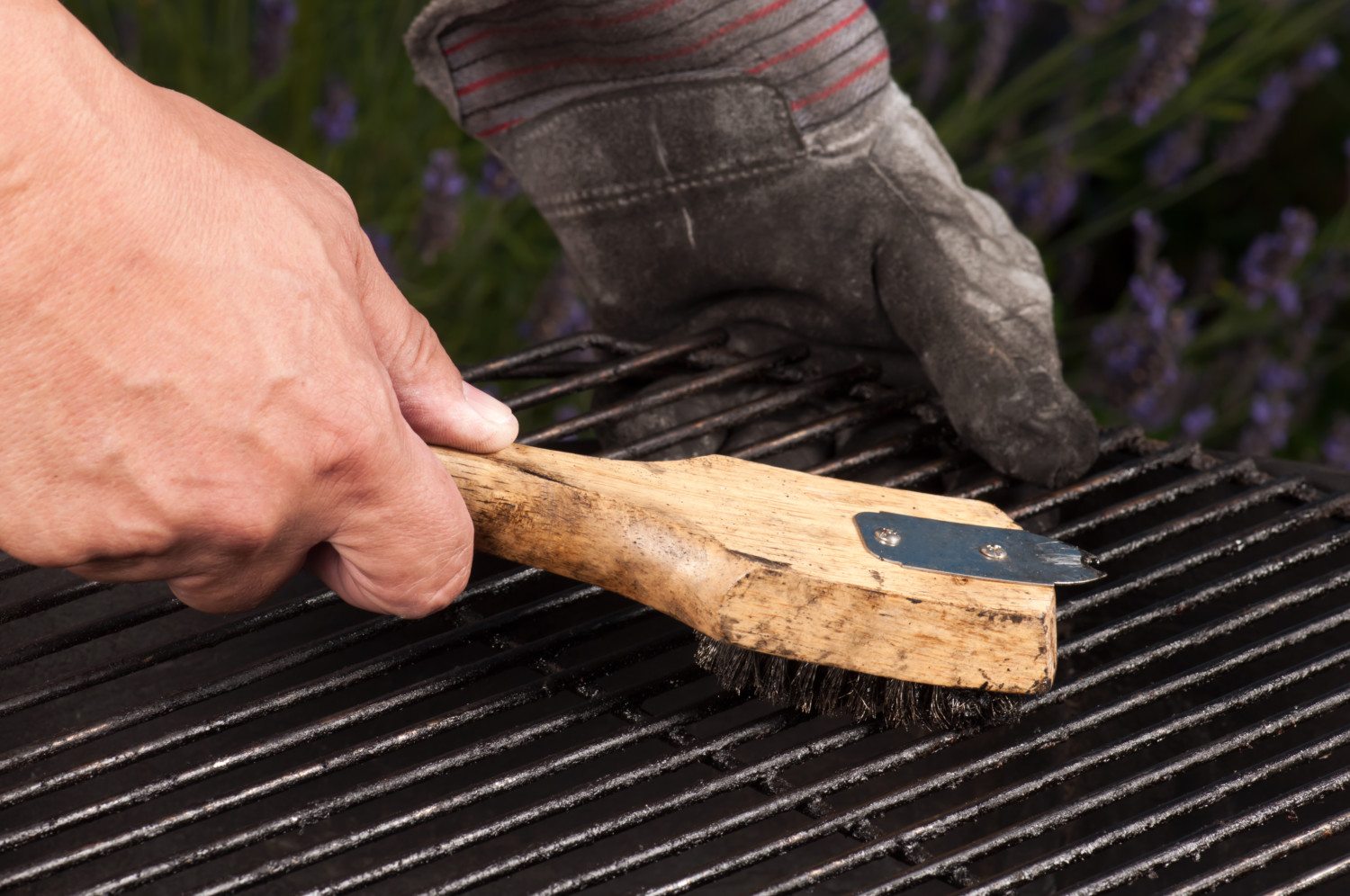
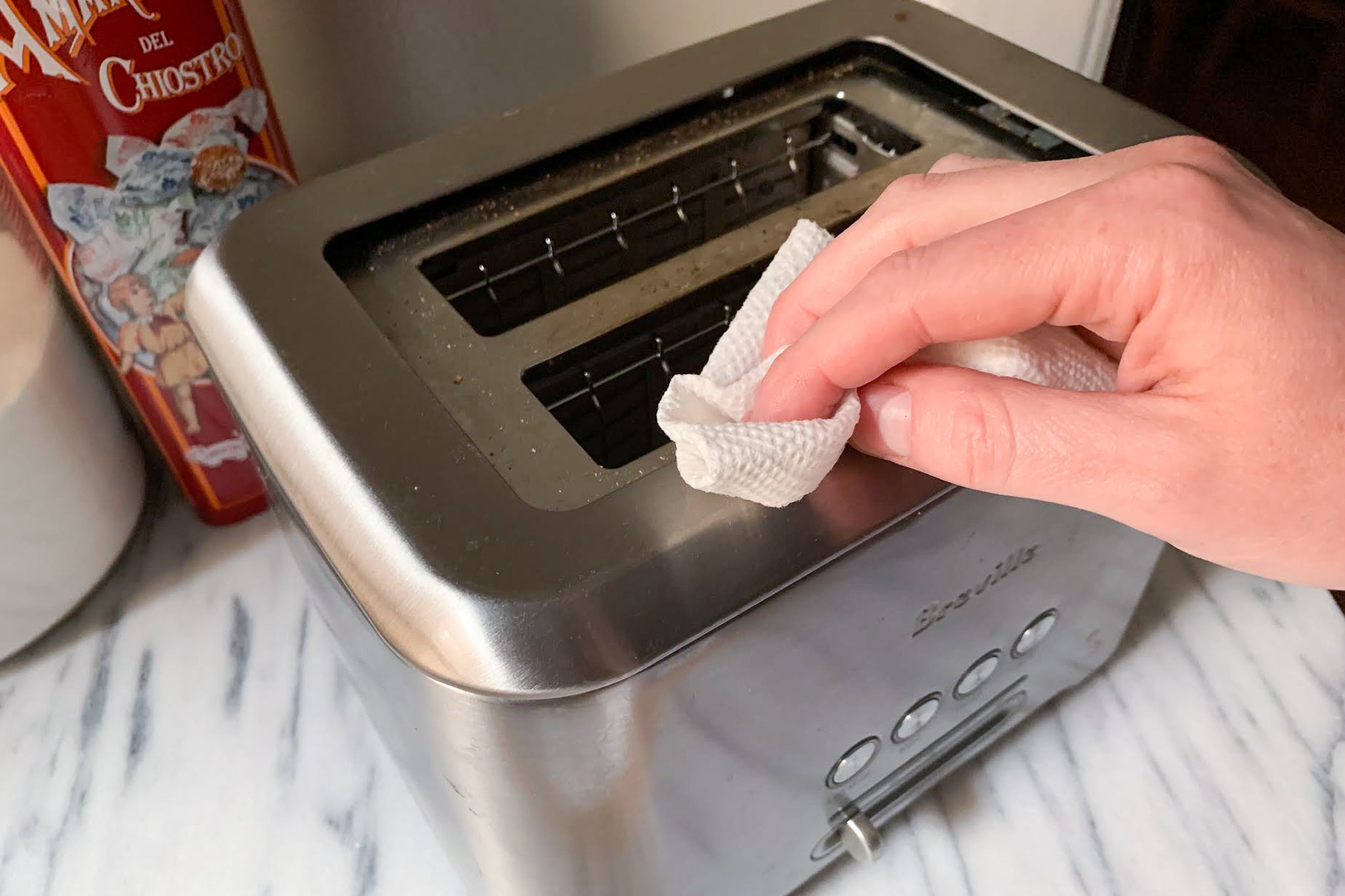
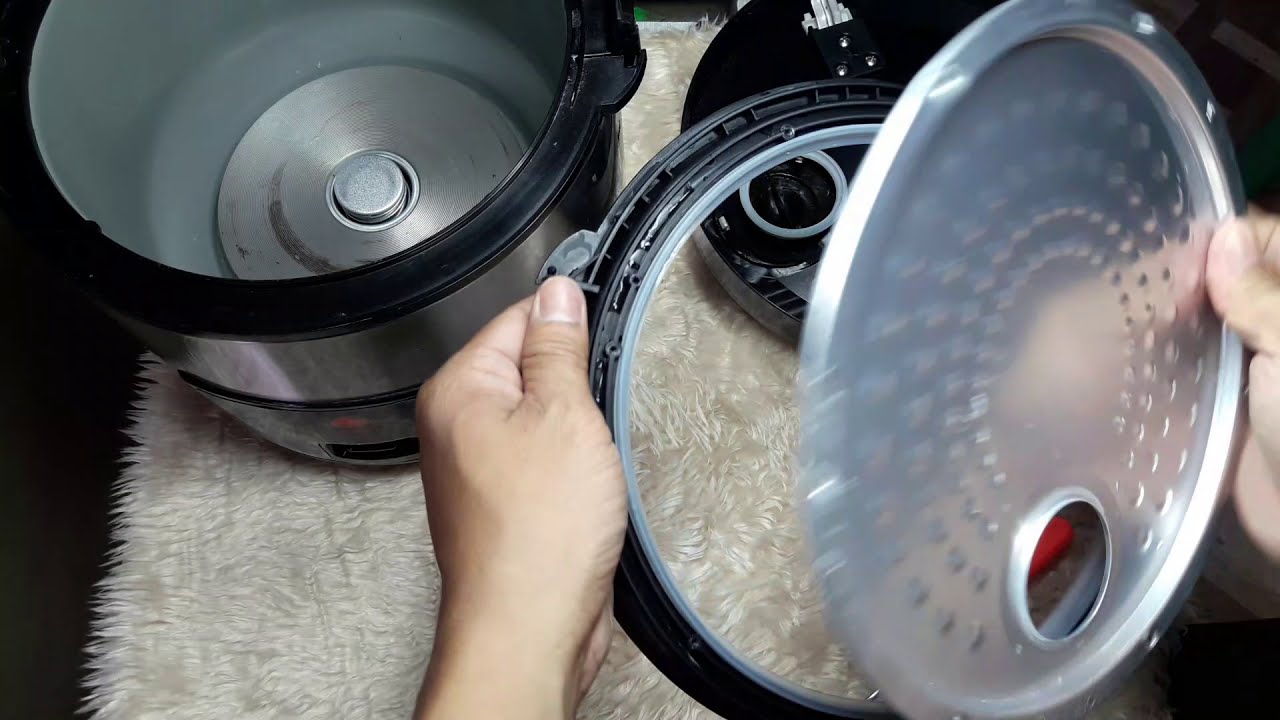
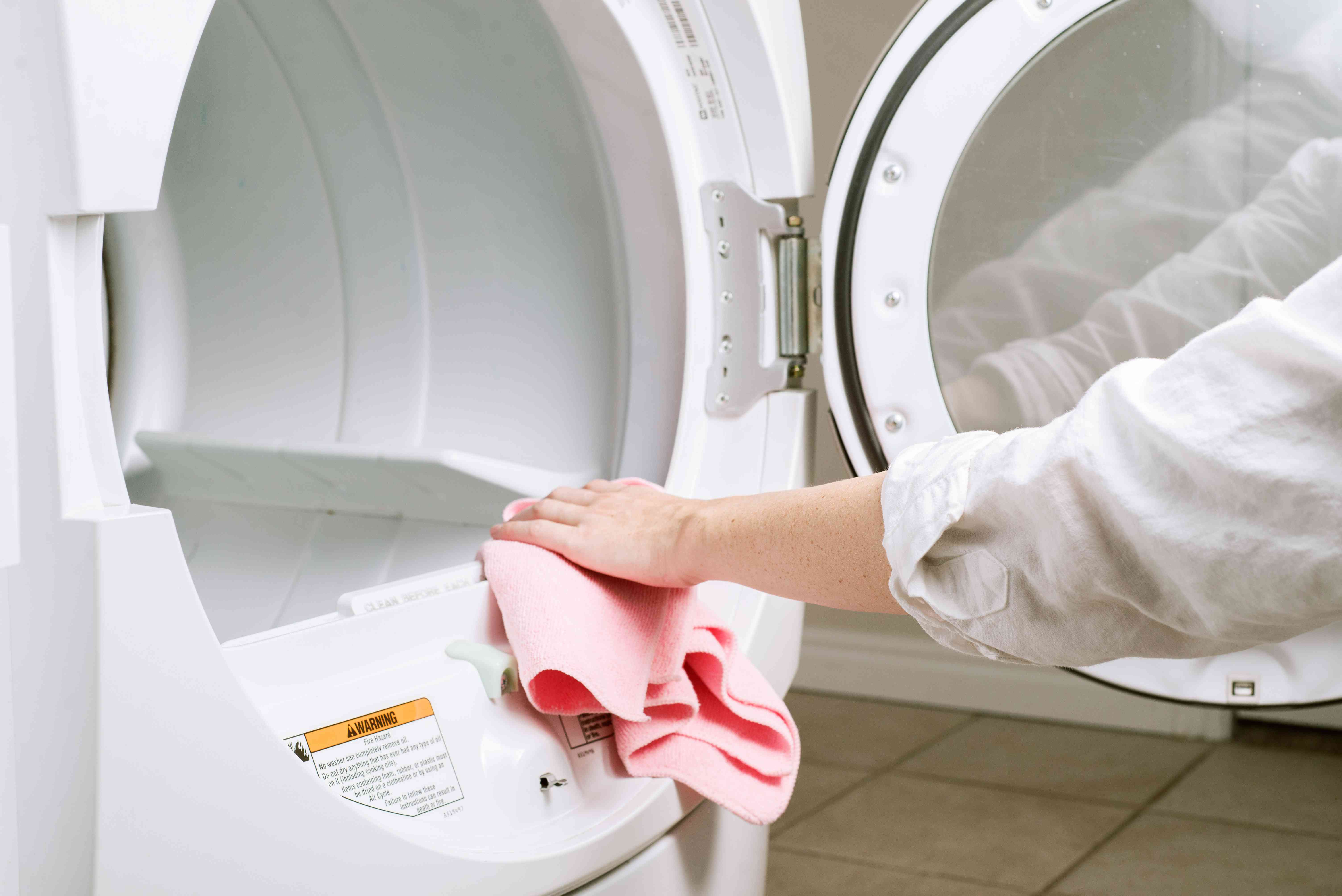
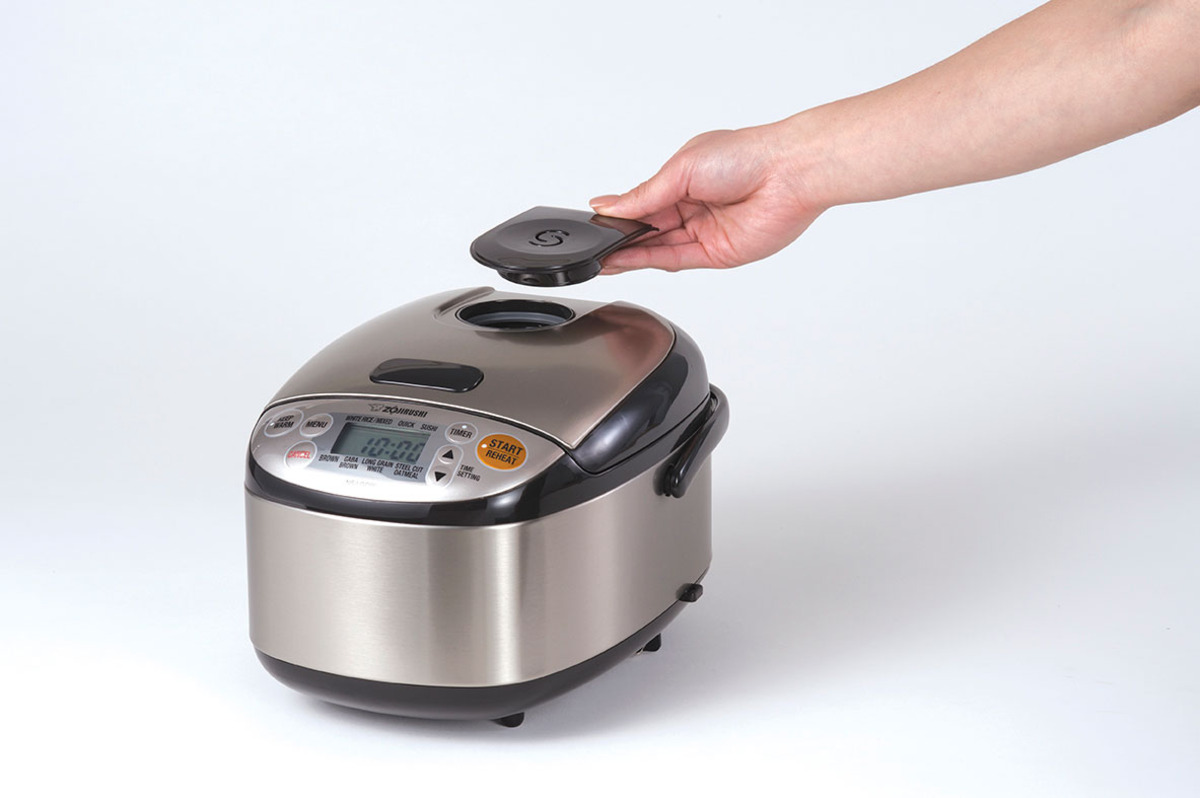
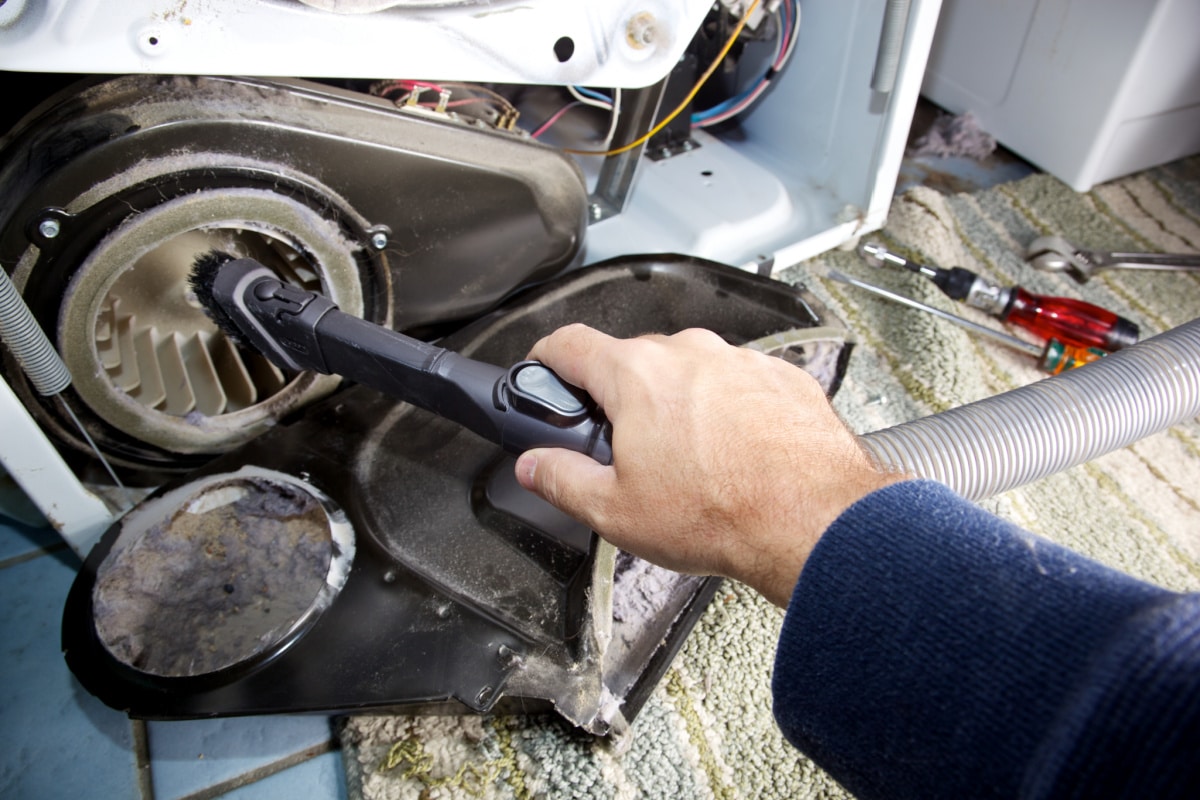
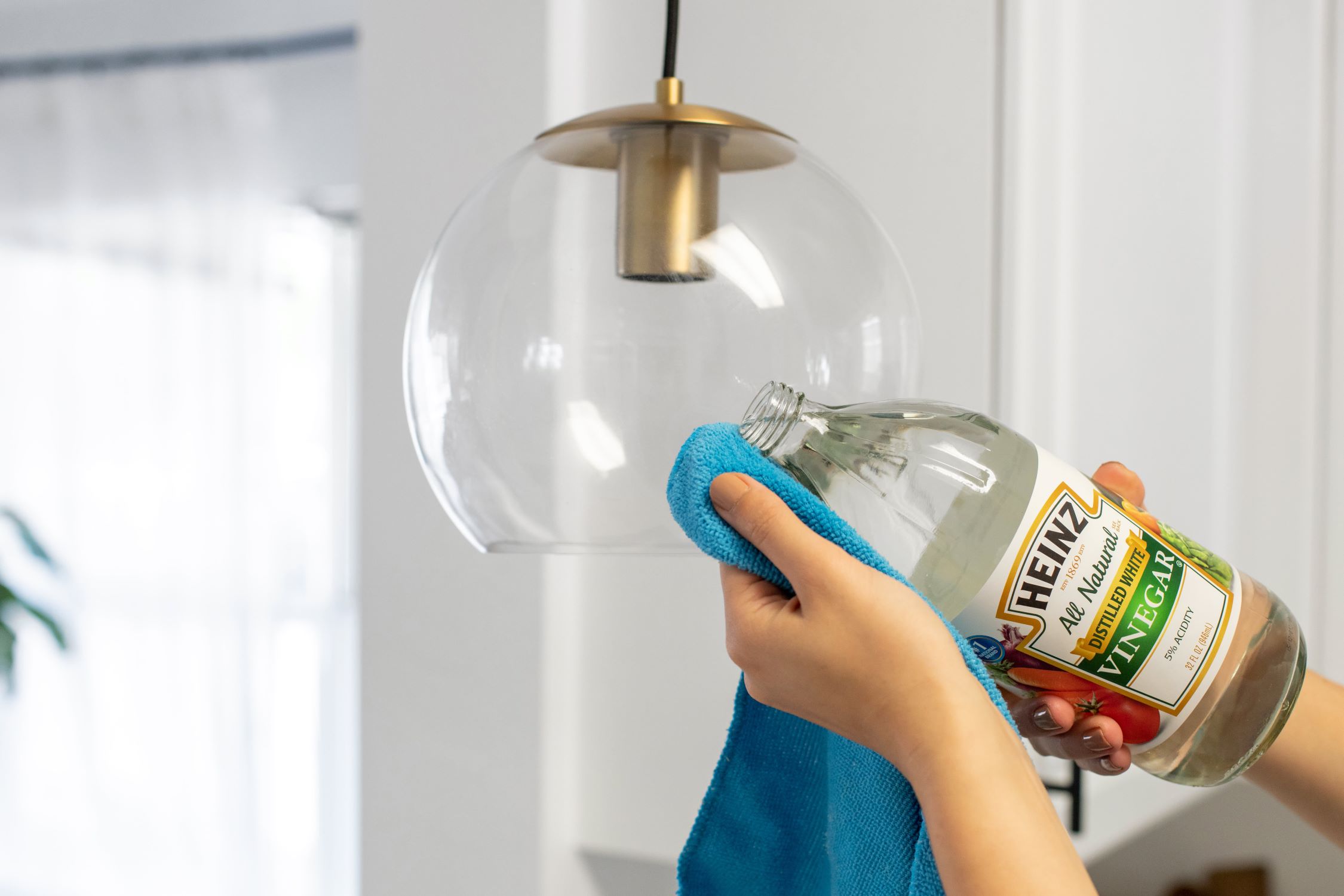
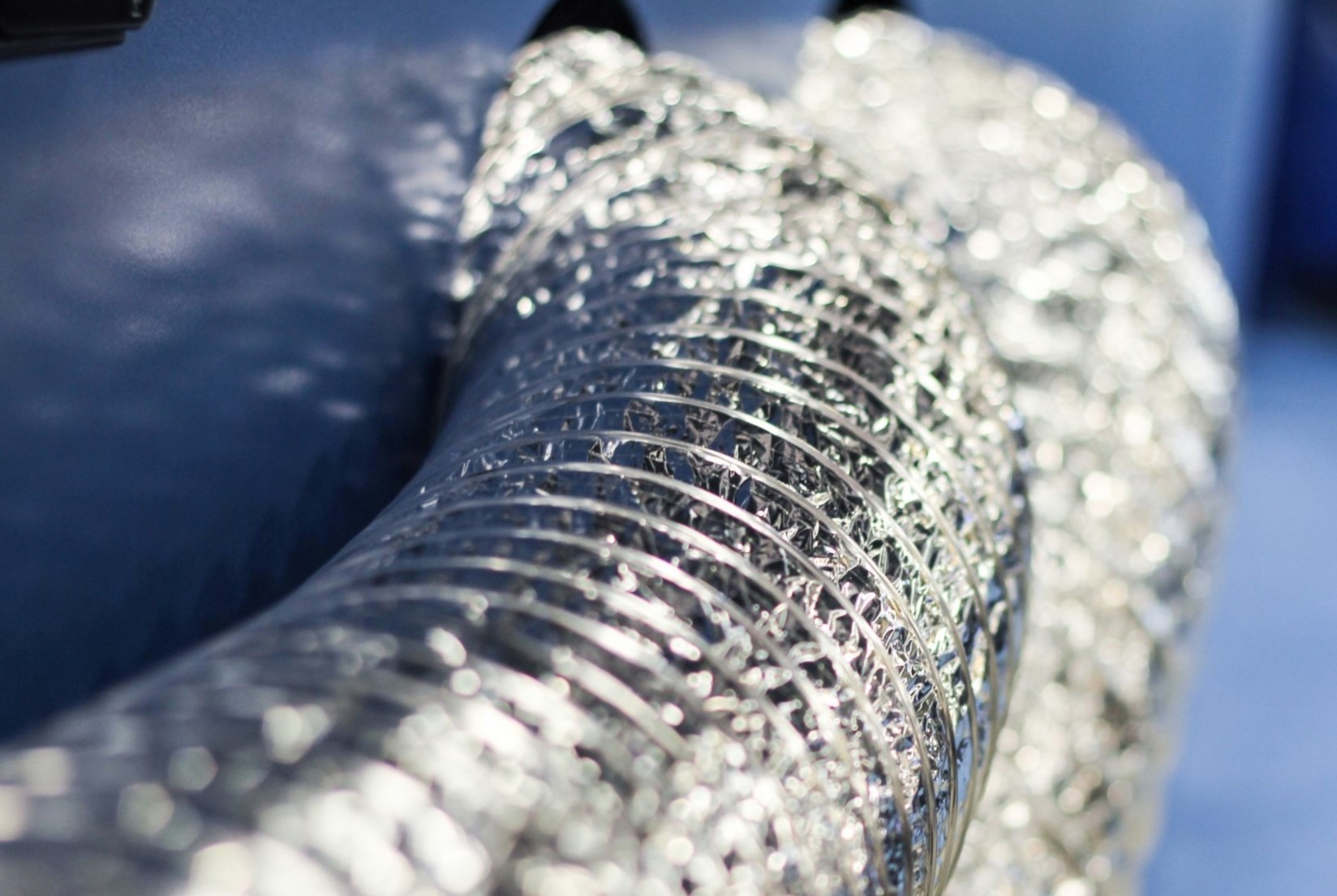
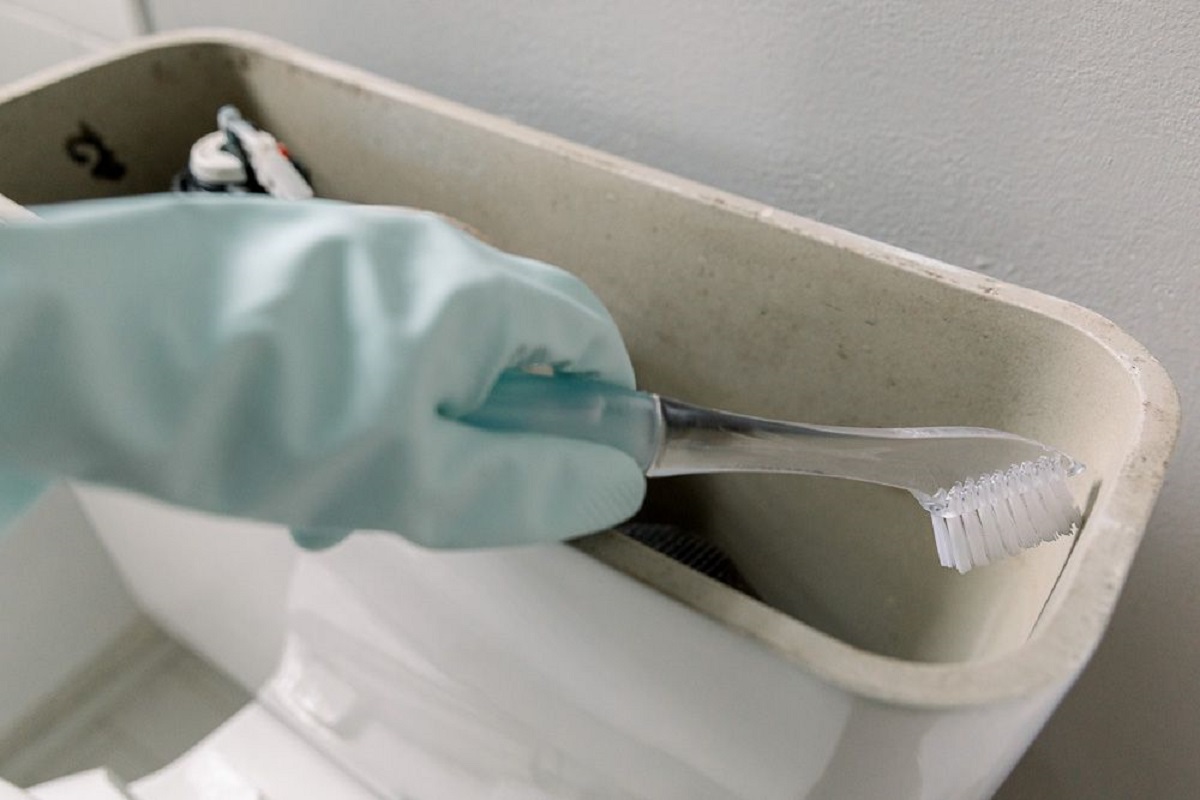
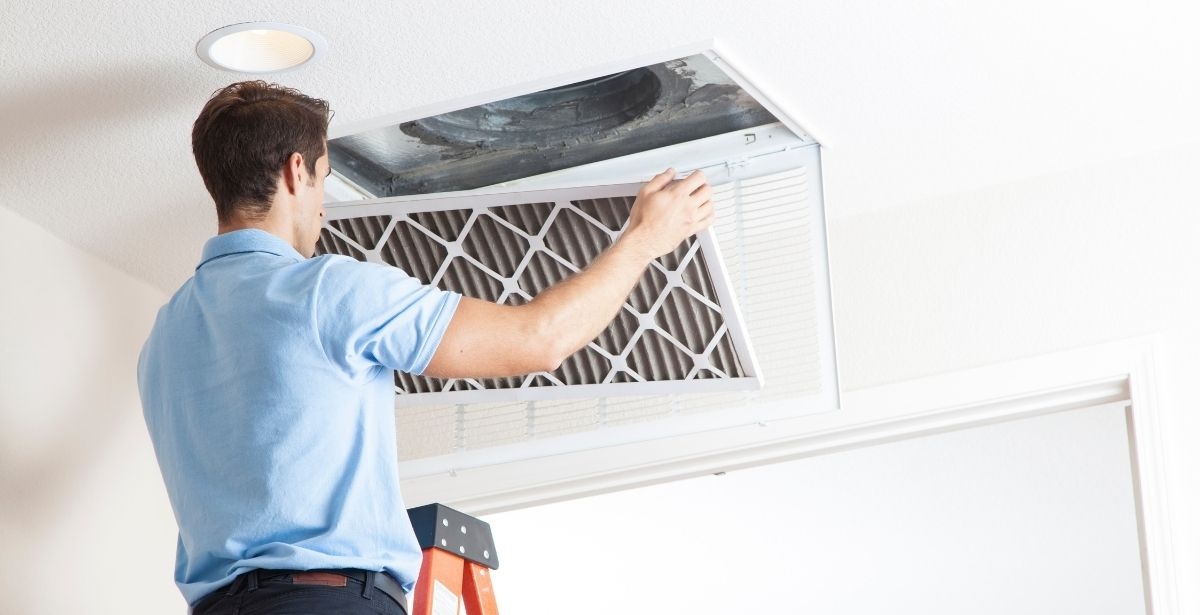
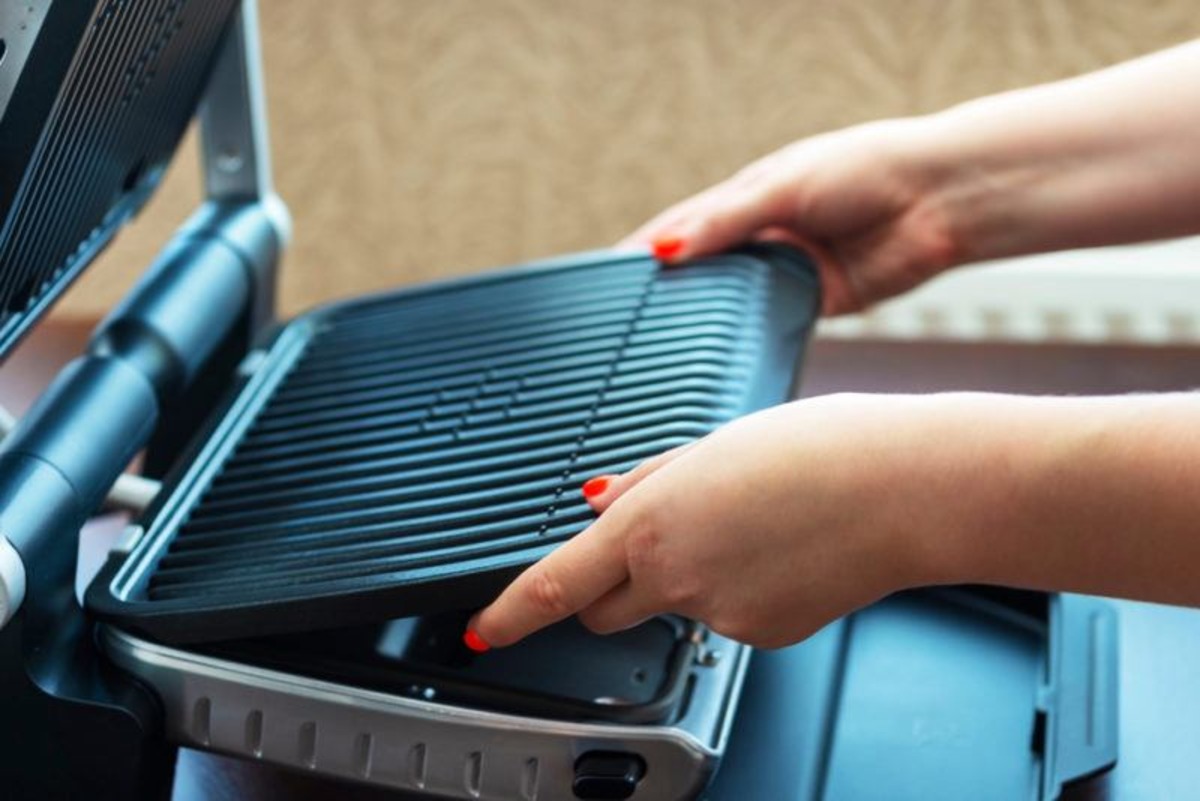

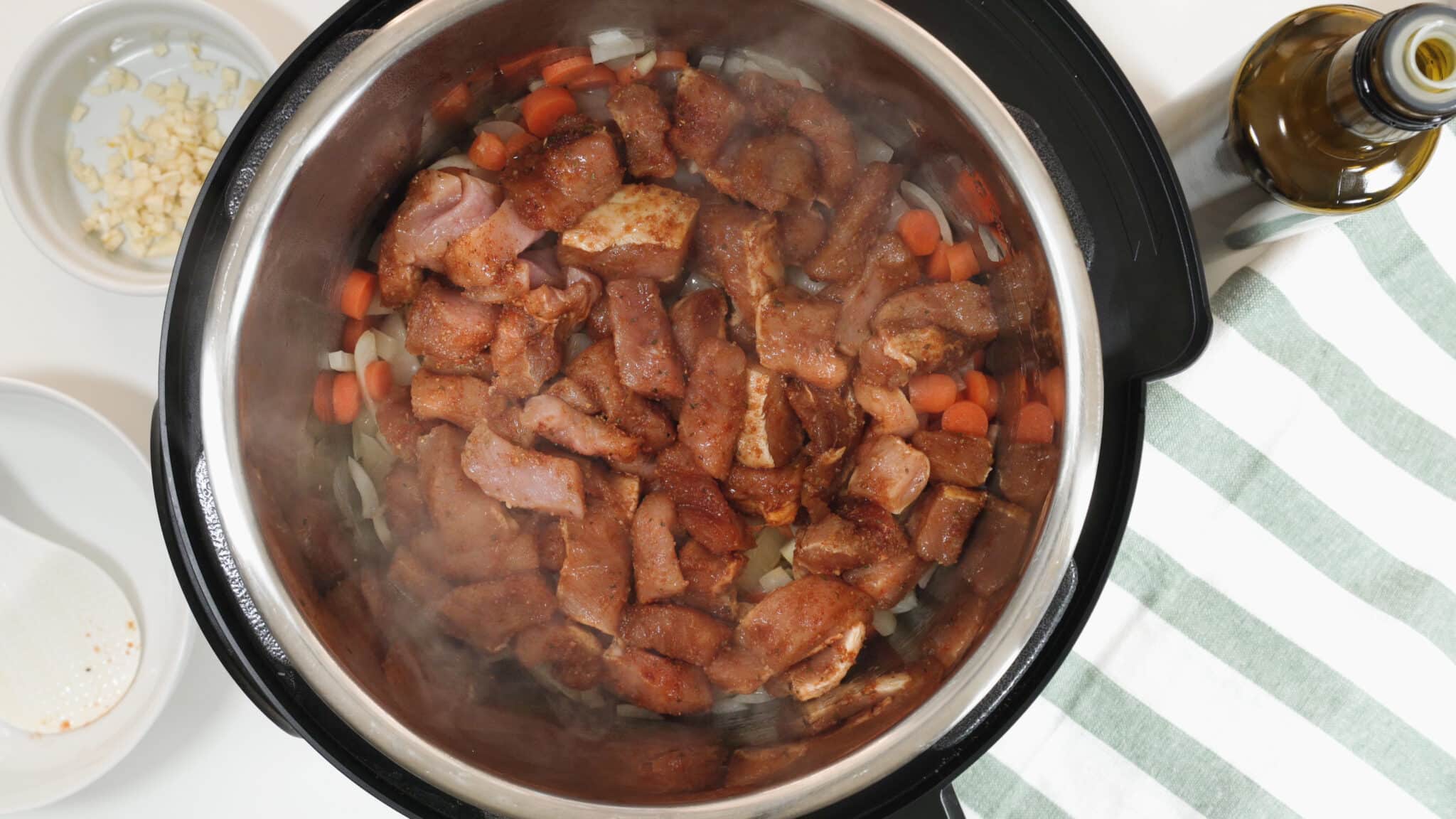


0 thoughts on “How To Clean Inside Of Rice Cooker”